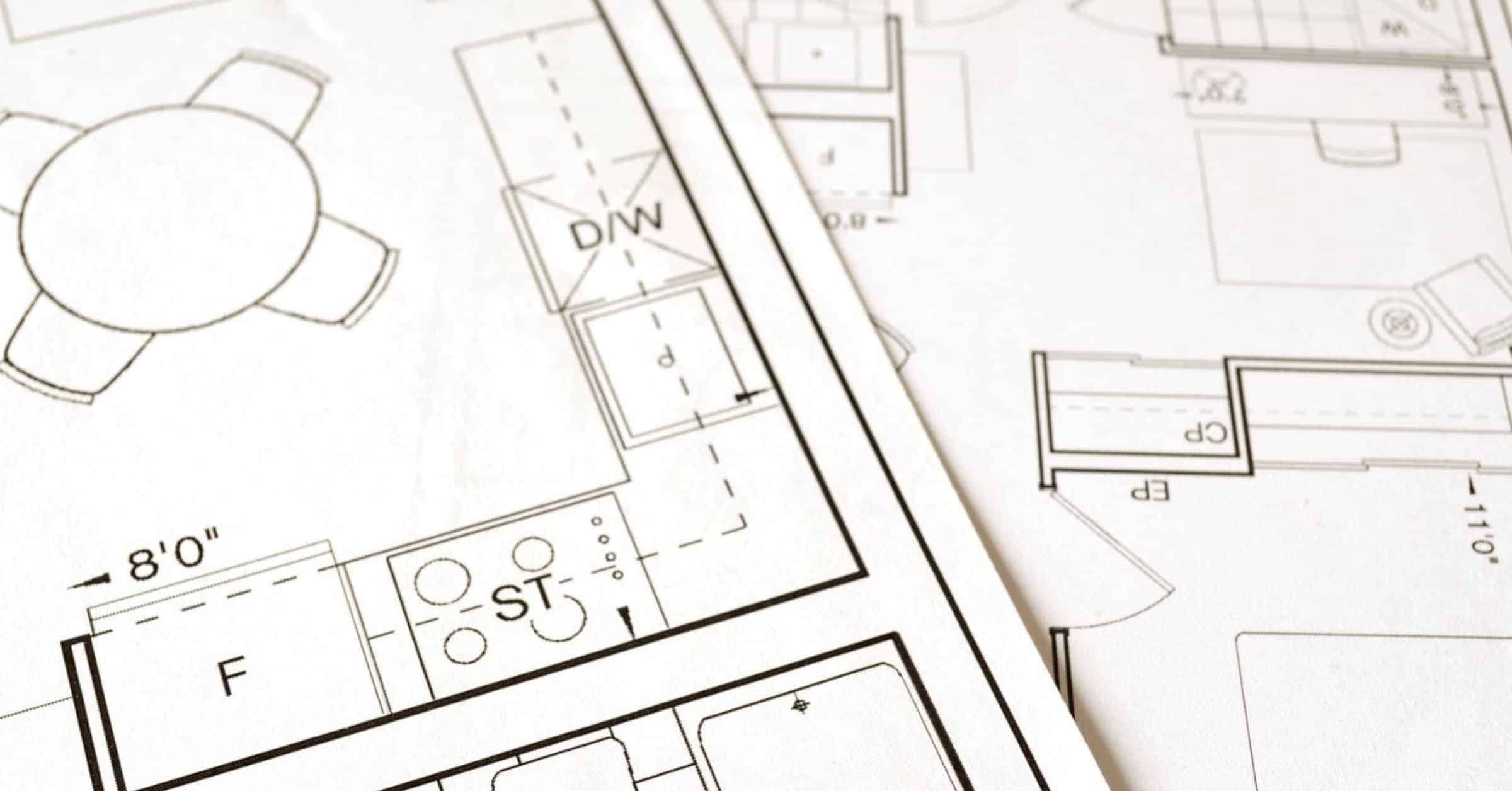Submittals are shop drawings, product data, samples, and mock-ups that must be delivered to the design professional (the architect or engineer) for review and action in accordance with the contract documents. Shop drawing Submittals are an essential component of any construction project.
What are the Submittals?
Specifications in the form of shop drawings, samples, material data, and product data in the construction management process are referred to as “submittals.” Submittals are the most important stage in which architects and engineers verify and approve the science behind the construction project’s drawings and designs.
Following the completion of the construction drawings, the submittal process allows project architects and consultants to decide on the colour, pattern, and material type. Architects and designers logically determine the material at this stage based on the quality and quantity specified in the architectural plans.
If a project architect has to design every interaction between the components and the construction system, it will become a herculean task prone to errors.
To put it another way, the shop drawing process requires the responsibility of contractors and subcontractors for designing specific elements of the construction project.
The Importance of the Construction Submittal Process
Submittals are shop drawings, product data, samples, and mock-ups that must be delivered to the design professional (the architect or engineer) for review and action in accordance with the contract documents.
The construction process includes a variety of submittals. These include action submittals, informational submittals, project closeout submittals, and those considered maintenance materials. The preparation, review, and approval of shop drawings are an important part of the submittal process. According to the American Institute of Architects (AIA), shop drawings are as follows:
Shop drawings: Drawings, diagrams, schedules, and other data specifically prepared for the work by the contractor or a sub-contractor, manufacturer, supplier, or distributor to illustrate some portion of the work.
Purpose of Shop Drawing submittals
The purpose of shop drawings is to allow the design professional to obtain graphic representation from the general contractor of how the installing contractor intends to complete a portion of the work that requires shop drawing submittals before proceeding.
The design professional’s submittal process begins with the preparation of technical specifications. Identifying the types of submittals required in the project manual is only the first step in the submittal process. Master guide specifications, in conjunction with the manufacturer’s specifications, may specify a list of submittals that could be provided for each division of work.
It is the design professional’s responsibility to review the list of potentially required submittals and determine which are relevant to the specific project. It is vital to evaluate which submittals are required and appropriate to ensure adequate coordination during construction.
As a project enters the construction phase, the administrative function of processing shop drawings and other submittals is frequently delegated to a junior associate. This critical review process should be overseen by someone who is familiar with the project, as well as the type of construction for which submittals may be reviewed.
If a shop drawing submittal with revisions is made in order for the specified aspect of the project to comply with the construction documents, those deviations must be identified and approved by the design professional before the contractor can proceed with that aspect of construction.
Details That Should Be Included in Shop Drawing Submittals
1.Comparative Information for the Architects
The shop drawing submittals gather information to compare the drawings and specifications for the architects’ better understanding. Shop drawings primarily describe information in the specifications and drawings pertaining to functionality, appearance, and prescriptive explanations.
The information articulated in the construction documents is more detailed than the information articulated in the shop drawings. This allows architects and designers to thoroughly understand and review the contractor’s detailed description of the product, such as cabinets or interior woodwork, prior to the fabrication process.
The architects constantly refer to the construction documents, specifications, and drawings while reviewing the shop drawing submittals to ensure that they fully understand them.
Aside from that, there are crucial details pertaining to the material components, dimensional specifications, and other pertinent information required for the final product’s fabrication. Shop drawing submittals should be accurate and thoroughly detailed because they lead architects to the decision of approval or rejection
2.Annotation
Suppose any changes are made to the shop drawings that differ from the initial information. In that case, they should be annotated for the reference, review, and approval of the project’s architects and engineers. Because of the obvious responsibility that an architect and engineer share, they should be informed of all alterations and additions made to the drawings.
As a result, everyone involved in the project is clear on every detail. Fabrication and installation success is dependent on the coordination of the architect, designer, drafter, and contractor.
3.Fabrication
Important manufacturing information, such as dimensions, manufacturing standards, or fabrication instructions, should be included in the shop drawing submittals. The shop drawing should contain detailed specifications that can clearly convey the information to the fabricators, as the construction documents frequently lack this information.
4.Actual Dimensional Verification
The actual dimensions of the site should be verified from surface to surface because measurements may decrease or increase. The dimensions are mostly included in the construction documents and drawings, but the original dimensions may change over time due to site conditions.
Before installation, the manufactured products should have accurate dimensions and should not necessitate site modifications. Contractors should treat this as a critical step, as failure to do so may result in additional costs and time wasted.
Before fabricating a product such as cabinets or casework, it is important to verify the field dimensions in millwork renovation projects.
What Are Shop Drawings’ Liabilities?
The liability of shop drawings arises from the traditional methods, namely the architects’ coordination and review of the shop drawings or by impeding the review of the shop drawings.
Liability could normally arise from “the contractor’s failure to adequately design and draft the shop drawings” to “the failure to deliver the accurate specifications as per the contract.”
Furthermore, architects and engineers can increase liability by failing to accurately review the shop drawings or delaying the reviewing process.
A project contractor is entirely responsible for the product’s manufacturing and production details, as well as field dimensional verification for accurate results. Furthermore, the contractor must review the shop drawing submittals at their level before passing them on to the architects for further verification.
When a contractor submits shop drawings to the architect and engineers, it means that the contractor has thoroughly reviewed and approved, as well as verified, the field dimensions, material quality, and fabrication criteria as specified in the contract documents.
What Are the Architect’s and Designer’s Responsibilities?
Architects and designers, in comparison to contractors, are slightly relieved of the burden of reviewing shop drawing submittals and their approval stage.
According to the owner’s standard form contract with The American Institute of Architects (AIA), the design architect must review and approve the contractor’s shop drawing submittals but only to verify within the given information and design ideas specified in the contract documents.
Conclusion
To summarize, millwork companies can achieve success if a balanced and defined process of designing and drafting shop drawings is followed. Read also the difference between shop drawings and design drawings.









